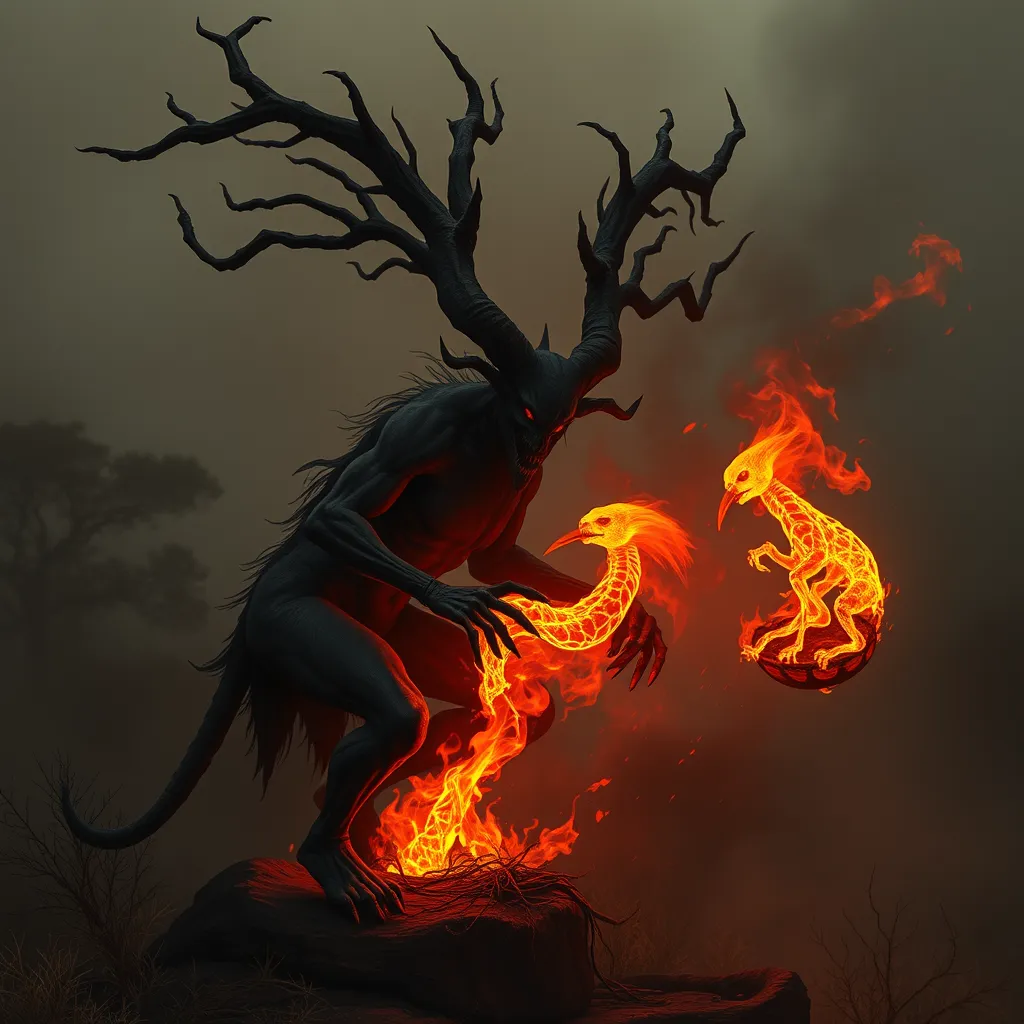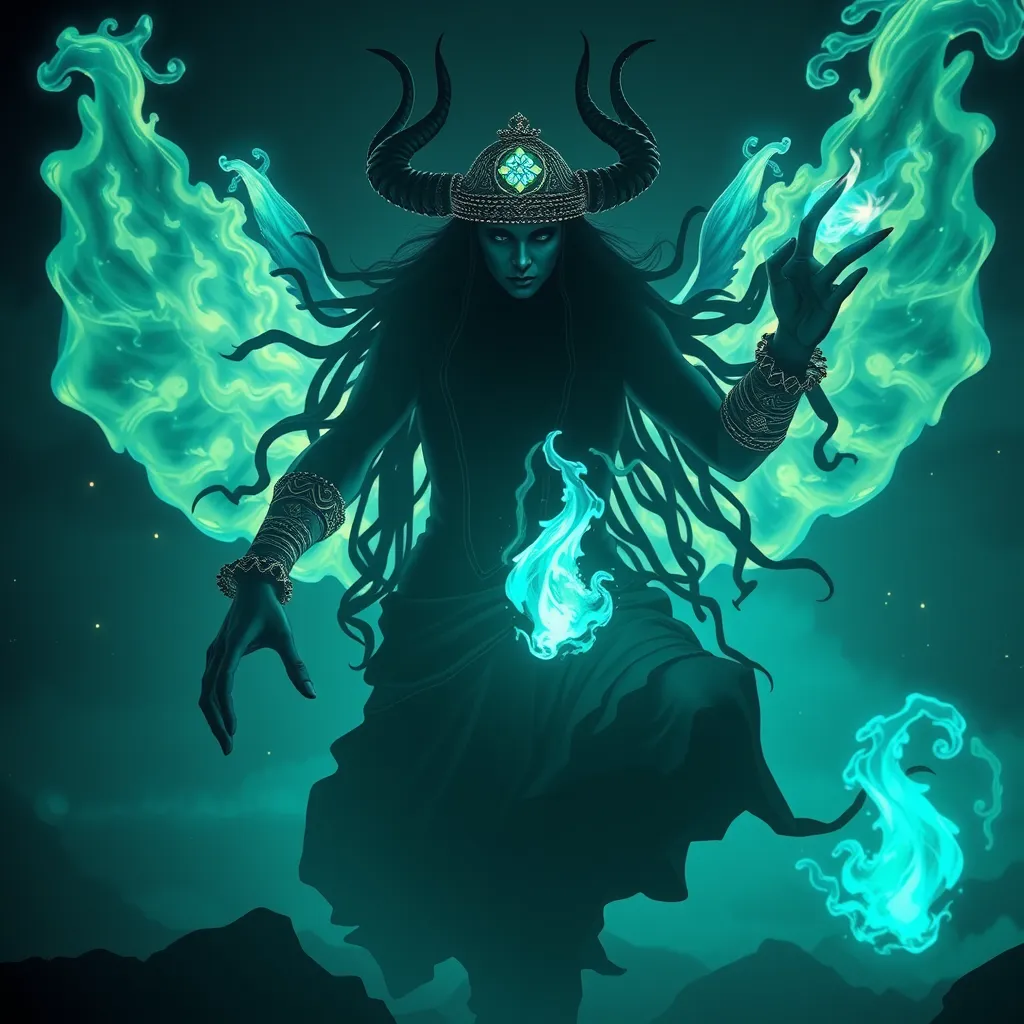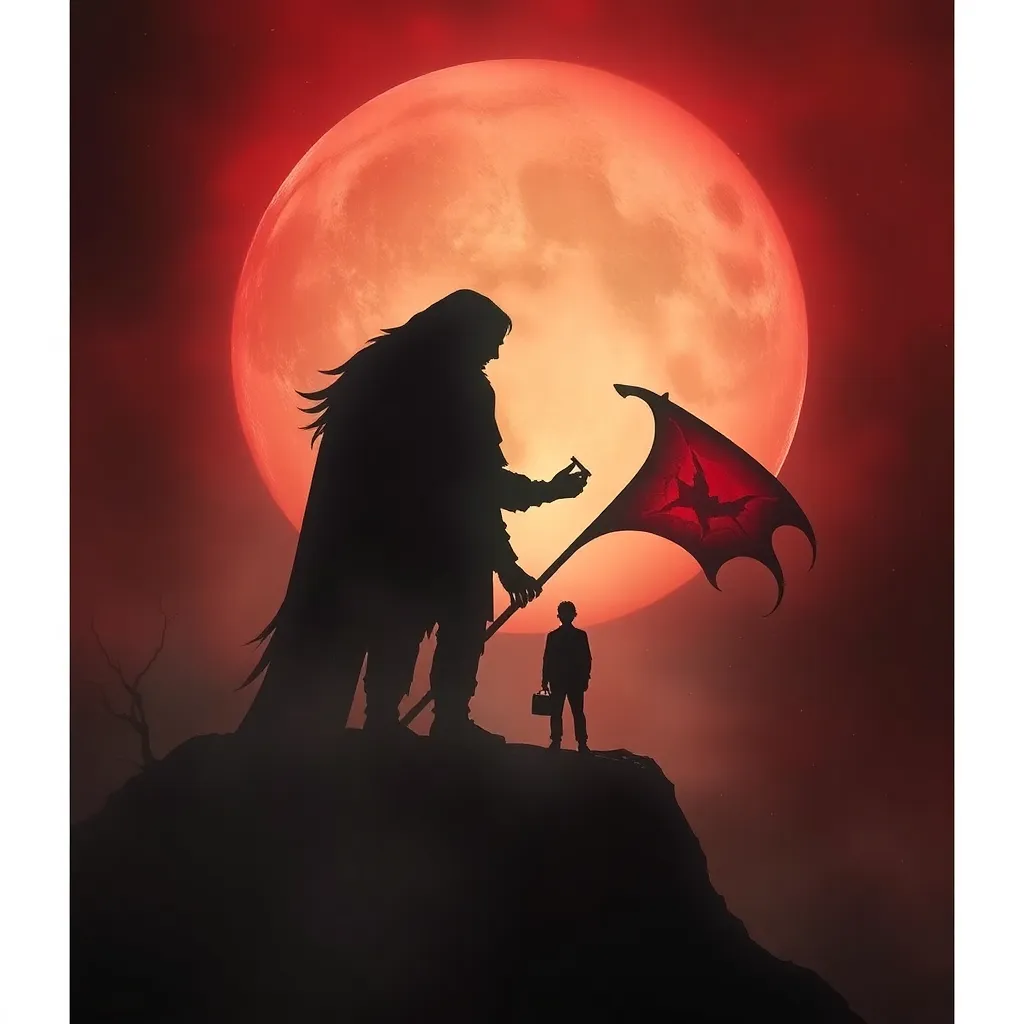Titanomachy Champions: The Hecatoncheires and Their Role in the Battle of the Titans
I. Introduction
The Titanomachy, a legendary conflict in Greek mythology, marked a significant turning point in the celestial hierarchy. This epic battle pitted the Titans, led by Cronus, against the Olympian gods, spearheaded by Zeus. Among the myriad of figures involved in this cosmic struggle, the Hecatoncheires—also known as the Hundred-Handed Ones—played a pivotal role. Their immense strength and unique abilities not only influenced the tide of battle but also left a lasting impact on the mythological landscape. This article aims to explore the Hecatoncheires, their characteristics, their contributions during the Titanomachy, and their enduring legacy in Greek mythology.
II. The Hecatoncheires: Who Are They?
The Hecatoncheires are described in myth as colossal beings with a striking physical appearance. Each of the three brothers—Briareus, Cottus, and Gyes—possessed one hundred arms and fifty heads, making them formidable figures in the pantheon of Greek deities.
A. Description and characteristics
Their extraordinary features included:
- One hundred powerful arms, capable of wielding immense force.
- Fifty heads, each possessing unique abilities and perspectives.
- A stature that dwarfed even the tallest of the Titans.
B. Origins and lineage in Greek mythology
The Hecatoncheires were born from Uranus (Sky) and Gaia (Earth), making them siblings of the Titans. Their lineage places them at the very foundation of the mythological cosmos, symbolizing primal chaos and strength.
C. The meaning of their name (“Hundred-Handed Ones”)
The name Hecatoncheires derives from the Greek words “hekaton” (hundred) and “cheir” (hand), aptly reflecting their most distinctive feature. Their name evokes an image of overwhelming power, illustrating their ability to dominate in battle.
III. The Titans vs. the Olympians: Setting the Stage
To understand the significance of the Hecatoncheires, it is essential to grasp the context of the Titanomachy.
A. Background of the Titans and their reign
The Titans were the original gods who ruled during the Golden Age, characterized by their immense power and control over the cosmos. Their reign was marked by stability, but also by the tyranny of Cronus, who feared being overthrown by his own offspring.
B. The rise of the Olympian gods
As the children of the Titans grew, they began to rise against their oppressive rule. Led by Zeus, the Olympians sought to reclaim their rightful place in the heavens, leading to the inevitable confrontation.
C. Introduction to the conflict known as the Titanomachy
The Titanomachy was not merely a battle; it was a cataclysmic event that would determine the fate of the cosmos. The Olympians, seeking justice and freedom, rallied against the Titans, setting the stage for an epic showdown.
IV. The Hecatoncheires’ Role in the Titanomachy
The Hecatoncheires emerged as crucial allies of Zeus and the Olympians during the Titanomachy.
A. Their allegiance to Zeus and the Olympians
Initially imprisoned by Cronus, the Hecatoncheires were freed by Zeus. Their loyalty was unwavering, and they vowed to aid him in overthrowing the Titans.
B. Key battles and contributions during the war
The Hecatoncheires played a vital role in key battles, utilizing their massive strength and unique abilities:
- During the final battle, they hurled enormous boulders at the Titans, disrupting their formations.
- Their overwhelming presence instilled fear in the hearts of the Titan warriors.
C. Their unique powers and abilities in combat
The Hecatoncheires possessed remarkable powers:
- Each arm could strike simultaneously, allowing them to attack multiple enemies at once.
- Their fifty heads provided strategic insights, enabling them to coordinate complex battle tactics.
V. The Impact of the Hecatoncheires on the Outcome of the War
The involvement of the Hecatoncheires significantly influenced the outcome of the Titanomachy.
A. Strategies employed by the Hecatoncheires
Utilizing their unique strengths, the Hecatoncheires adopted innovative strategies:
- They created diversions by attacking from multiple angles.
- Their combined might allowed them to overwhelm Titan forces, turning the tide of battle.
B. The turning points influenced by their involvement
Key moments in the war were marked by the Hecatoncheires’ actions, such as:
- Their decisive strike against Atlas, which shifted momentum towards the Olympians.
- Their defense of Mount Olympus from Titan assaults, securing the Olympian stronghold.
C. Consequences of their participation for both sides
Their participation not only ensured victory for the Olympians but also resulted in dire consequences for the Titans:
- The defeat of the Titans led to their imprisonment in Tartarus.
- The Hecatoncheires were assigned as guardians of the Titans, emphasizing their role in maintaining order.
VI. Symbolism and Representation in Mythology
The Hecatoncheires are rich in symbolism and representation within Greek mythology.
A. The Hecatoncheires as symbols of chaos and strength
Their hundred arms and fierce nature made them embodiments of chaos, representing the primal forces of nature that could not be easily contained.
B. Artistic depictions in ancient texts and art
In ancient art, the Hecatoncheires were often depicted in scenes of battle, emphasizing their formidable presence. They were portrayed as giant figures, surrounded by the debris of war, symbolizing their destructive power.
C. Interpretations of their significance in the broader mythological context
Their story highlights themes of rebellion against tyranny and the struggle for justice, making them pivotal figures in understanding the dynamics of power in Greek mythology.
VII. Legacy of the Hecatoncheires in Later Myths and Culture
The legacy of the Hecatoncheires extends beyond the Titanomachy, influencing later myths and cultural interpretations.
A. Continuation of their story in post-Titanomachy mythology
After the Titanomachy, the Hecatoncheires continued to be referenced in various myths, often depicted as guardians of the underworld or protectors of the Olympians.
B. Influence on modern interpretations of Greek mythology
In contemporary culture, the Hecatoncheires have been reimagined in literature and film, serving as symbols of strength and resilience.
C. Representation in literature and popular culture
Modern adaptations often portray them in fantasy settings, illustrating their enduring appeal as archetypical figures of chaos and power.
VIII. Conclusion
In summary, the Hecatoncheires were not only key players in the Titanomachy but also significant symbols within Greek mythology. Their immense strength and unique characteristics contributed to the downfall of the Titans and the rise of the Olympians. As embodiments of chaos and strength, they continue to resonate in modern interpretations of myth. The story of the Hecatoncheires serves as a reminder of the complexities of power and the enduring legacy of ancient narratives in our understanding of the world.




